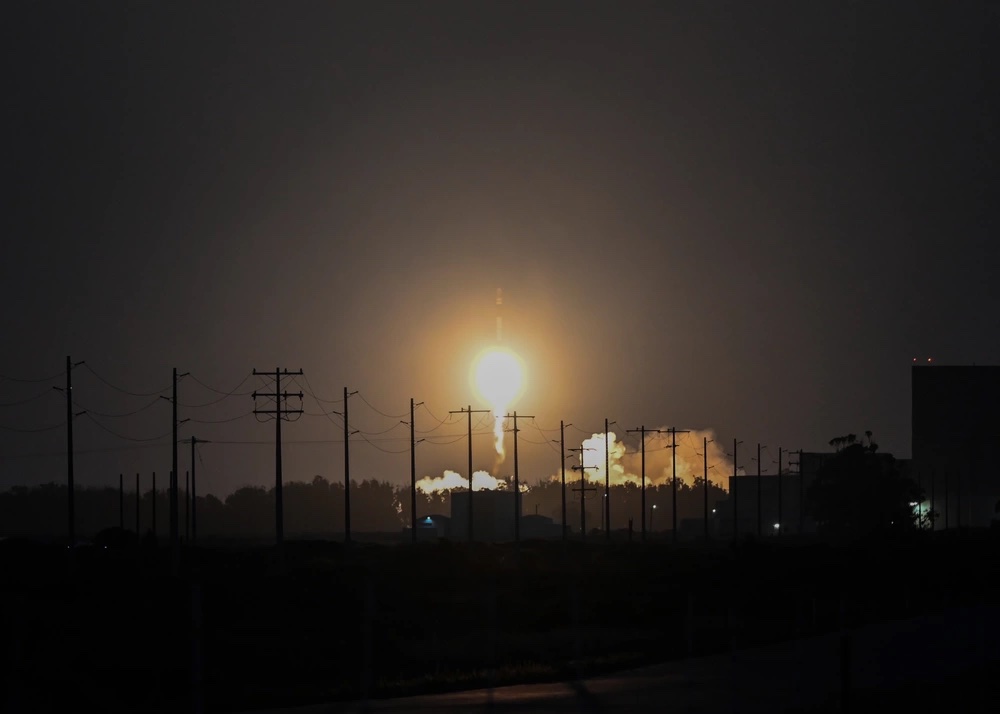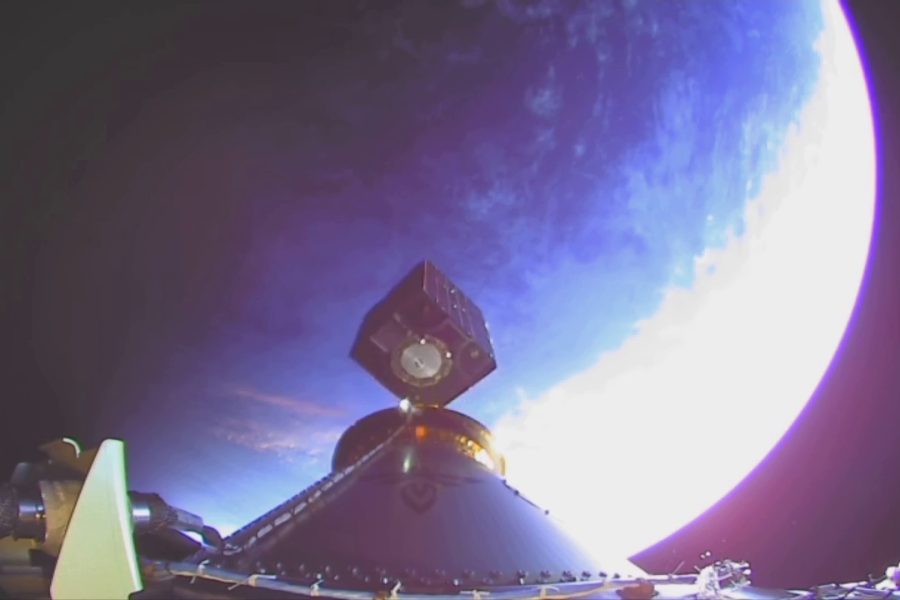Chief of Space Operations Gen. B. Chance Saltzman likened the record-breaking launch of a satellite last month to when Chuck Yeager broke the sound barrier in 1947, saying it has implications for how quickly the Space Force can respond to threats in the future.
“Now the question is, how do we take advantage of that?” Saltzman said during an Oct. 18 virtual fireside chat with the Center for a New American Security. “Chuck Yeager breaks the sound barrier. Big deal, it’s one airplane, what are you going to do with it? It opens the door, it shows the capability, it shows what you can do, it shows how you do it.”
Dubbed Victus Nox, the launch took place Sept. 14 at Vandenberg Space Force, Calif., just 27 hours after the receipt of launch orders. Less than a year earlier, Space Systems Command contracted with Millennium Space Systems and Firefly Aerospace to build a satellite to help with the service’s Space Domain Awareness mission. Then the waiting began.
“We built a satellite in less than a year and put it in a warehouse,” Saltzman said. “And it sat there in a warehouse until we gave an order, and when we gave the order, it had to be ready to launch, on the launch pad, within 60 hours. They did it in 57.”

After that, launch crews were told to wait indefinitely again until given a launch order, after which they had 24 hours to send the satellite skywards. The launch was three hours late due to a weather hold, Saltzman said, but the team later met a requirement for the satellite to be “checked out and operational in 48 hours,” of reaching orbit, he said, meaning the satellite went from a warehouse to on-orbit and mission-capable in a week.
“Think about the contracting work that had to go in place, think about the airlift to get the satellite in place, think about the infrastructure and the telemetry of the launch facility, make sure that’s all squared away, all the safety checks that had to be done, the payload integration,” Saltzman said. “I mean, these are massive checklists that have to be run. And for those that haven’t been in the launch business, I don’t think you can fully appreciate all the work that goes into that.”
More than setting a record, the test is part of the Space Force’s larger effort to enhance the resilience of the U.S. space architecture. Part of that resilience lies in forming proliferated constellations of satellites, where there are too many targets for an adversary to realistically destroy. Another part is being able to quickly backfill that constellation, which faster launches could accelerate. But another benefit could be responding quickly to new threats.
“From the warehouse to an on-orbit capability in a week. That’s tactically responsive,” Saltzman said. “That’s something that you can respond to irresponsible behavior on-orbit and the response is directly connected to that irresponsible behavior.”
The CSO said the Space Force was able to pull off Victus Nox because it could make decisions as an independent service.
“The Air Force didn’t have time to service-level focus on something like this,” he said. “They had other things to worry about.”
USSF has already started planning another speed-run titled Victus Haze, but the next challenge is turning it into a regular capability.
“Now you start talking about ‘how do you build a unit that can do this on a repeatable basis?’” Saltzman said. “How do you do the training? How do you put contract vehicles in place through this augmentation reserve capability? How do you put all that together so it’s operationalized, not just a demonstration capability?”
